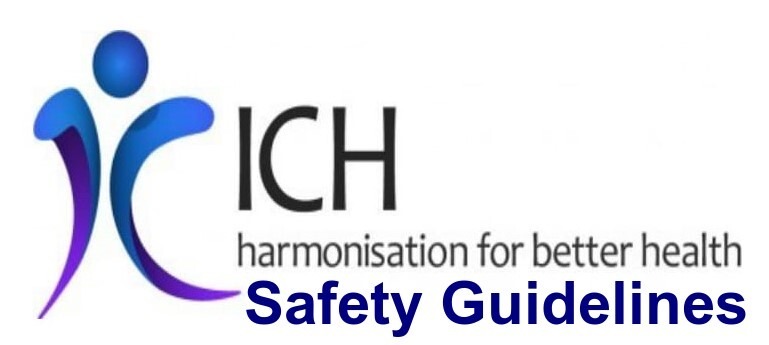A patent is an intellectual property that protects inventions from copying and reproducing by any other entity. It grants the patent holder the exclusive right of about 20 years to prevent others from making, using, selling, or importing the invention without their permission.
In order to qualify any invention to be patentable, it must meet 3 important criteria of novelty, non-obviousness, and usefulness.
Grant of the patent has a certain global process and includes detailed submission of description of the invention and its function as well as other documentation and fees. It is a very complicated process and is governed by the principles of TRIPS (Trade related intellectual property rights) for the patent to be globally accepted in various countries. Due to the global acceptance of the patent, it involves a lot of legal issues such as patent opposition (during the grant of the patent application review process) and patent infringement. Today, we will outline some important aspects of patent infringement.
Patent infringement occurs when someone uses, manufactures, sells, or imports an invention covered by a valid patent without the patent owner’s permission. In other words, patent infringement occurs when someone uses an invention protected by a patent without the permission of the person who owns the patent. A patent holder has the right to prevent others from making, using, selling, or importing the patented invention. If someone infringes on a patent, the patent owner can sue the infringer to prevent further infringement and seek damages for any harm caused by the infringement.
Patent can be infringed by several forms, including:
Literal patent infringement: occurs when someone uses a patent-protected invention in the exact manner described in the patent claims.
Doctrine of equivalents: This occurs when someone uses a patent-protected invention in a manner that is substantially similar to the manner described in the patent claims.
Contributory patent infringement: occurs when someone supplies a component or product used to infringe on a patent.
Indirect patent infringement: occurs when one person induces another to infringe on a patent or contributes to patent infringement.
Willful infringement: occurs when a person is aware of a patent and intentionally violates it.
In the pharmaceutical industry, patent infringement can occur in a variety of ways. Some examples of common types of patent infringement in pharmaceuticals and B2B are:
- Manufacturing patent infringement: This occurs when a company manufactures a patent-protected product without the permission of the patent owner.
- Importation patent infringement: This occurs when a company imports a patent-protected product into a country without the permission of the patent owner.
- Marketing patent infringement: This occurs when a company markets or sells a patent-protected product without the permission of the patent owner.
- Process patent infringement: This happens when a company uses a patent-protected process to manufacture a product without the permission of the patent owner.
- Indirect patent infringement: This happens when one company helps or induces another company to infringe on a patent.
If a drug is patent-protected, other organisations cannot manufacture, import, market, or sell a similar product without the patent owner’s permission. If one believes that someone is infringing on their pharmaceutical patent, it’s important to consult with a patent attorney who specializes in the pharmaceutical industry to determine the best course of action. Grant of a patent provides protection for new innovations and opportunity to be a dominant market player.


